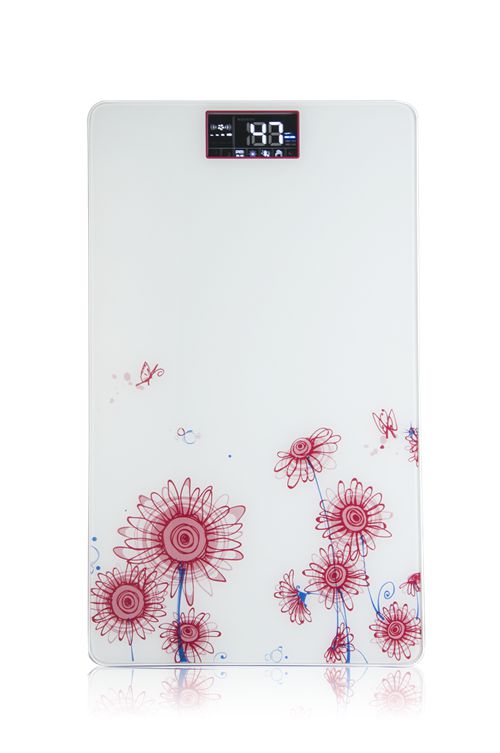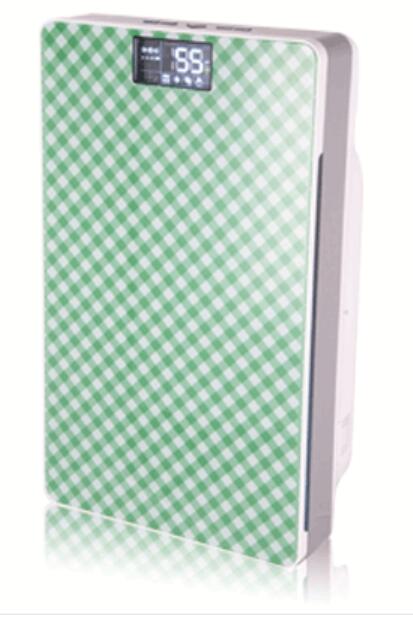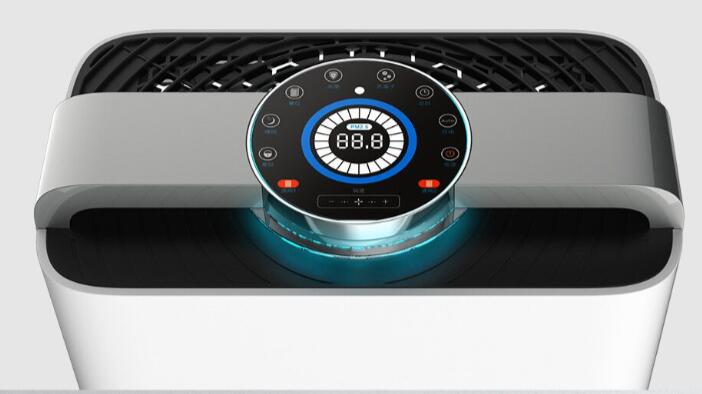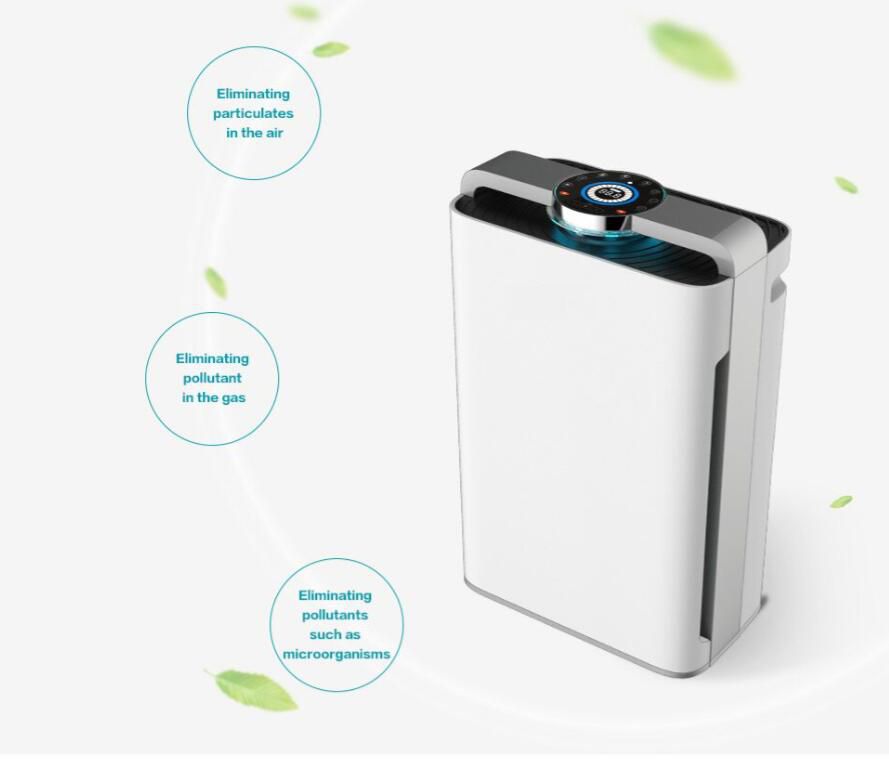sales@newstarmotor.com
MSN:vivia2013newstar@hotmail.com
Skype:vivialau201314
Tel:0755-22189196 &008618923763617
5 Things to Consider When Buying an Air Purifier
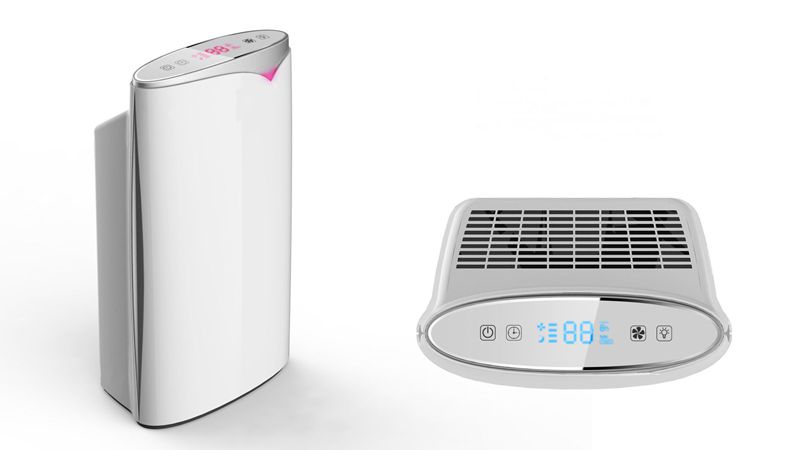
Your indoor air is often much more polluted than the air outside. Since we spend most of our time indoors these days,
our exposure to poor indoor air quality puts us at risk for a number of ailments, including allergies, asthma, and respiratory issues.
Using an air purifier will help create cleaner, healthier air in your home or office, so you can prevent air quality-related health conditions.
As you shop for an air purifier, consider the following questions to help you find the right air purifier for your needs.
Our Top 5 Things To Consider When Buying An Air Purifier
Why Do I Need An Air Purifier?
What Size Air Purifier Do I Need?
What Features Do I Need?
Where Will I Put My Air Purifier
How Much Maintenance and Upkeep is Needed for My Air Purifier?
1. Why Do I Need An Air Purifier?
When choosing an air purifier, first consider your indoor air quality needs.
If you have allergies, you should choose an air purifier designed for allergy relief.
These models feature HEPA filters, or High Efficiency Particulate Air filters,
which are proven to eliminate 99.97% of common airborne allergens sized at 0.3 microns and larger.
These include pollen, dust, dust mites, mold spores, ragweed, and pet dander.
HEPA air purifiers are regarded as the most effective air purifiers on the market.
If you suffer from asthma or if your symptoms are triggered by odor and chemical pollutants,
you'll want to consider an asthma air purifier or an odor and chemical air purifier.
These air purifiers contain added odor and chemical filtration as well as HEPA filters for allergen particle removal.
As another option, smoke air purifiers are specifically designed to remove smoke, fireplace soot,
and other associated fumes that could aggravate existing respiratory conditions or cause unpleasant odors in your environment.
If you are extremely sensitive to chemicals, you might consider an air purifier for multiple chemical sensitivities (MCS).
These models contain even more odor and chemical filtration and are often manufactured with materials that will not off-gas chemicals into the air and aggravate your symptoms.
Finally, if you¡¯re looking for an all-purpose air purifier to improve your indoor air quality and create a healthier home,
you can shop all of our air purifiers by room size, brand, filtration, features, and even color. We¡¯ve made it easy to find a model that fits your needs.
2. What Size Air Purifier Do I Need?
To choose the right size air purifier for your needs, consider the square footage of the room you want to purify.
You can calculate the square footage by measuring the length and width of the treatment area in feet and multiplying the 2 numbers together.
With this number in hand, find an air purifier with a recommended square foot coverage area that matches your room¡¯s square footage.
Look for this information in the air purifier¡¯s specifications under ¡°Manufacturer-Suggested Room Size¡± on Sylvane product pages.
If you have allergies or asthma and are looking for an air purifier to help manage your symptoms, you should also consider an air purifier¡¯s air
change per hour (ACH) rate. ACH refers to the number of times an air purifier can filter the entire volume of air in the treatment space each hour.
Air purifiers that can clean the air in a space at least 4 times per hour are best for allergy- and asthma-sufferers. A rate of 4 air changes per hour also ensures that the air purifier
thoroughly cleans the air and filters out as many microscopic symptom-triggering allergens as possible to keep you breathing easy.
When shopping for an air purifier with ACH in mind, look for the ¡°Room Size for 4 ACH¡± specification on Sylvane¡¯s air purifier product pages.
This piece of data gives you the recommended room size in order for the air purifier to achieve 4 air changes per hour.
Match this number up with your square foot coverage needs to select the right size model. Alternatively, you can use the air purifier¡¯s CFM rate
(cubic feet of air processed per minute) to calculate the targeted square footage for the air purifier to reach 4 air changes per hour. Just use the formula given in our Air Purifier Buying Guide.
3. What Kind of Features Do I Need on My Air Purifier?
After choosing the type and size of air purifier you need, consider whether or not you'd like any special features.
Added features can include caster wheels, handles for easy mobility, digital controls, remote controls, multiple fan speeds, filter change indicators, programmable timers,
air quality sensors, and more. These features add convenience to operation and give you greater control over your air purifier's performance.
4. Where Will I Put My Air Purifier?
In most situations, we recommend that you place your air purifier in your bedroom since that's where you spend most of your time.
Keep in mind that portable air purifiers are designed primarily to purify the air in one room only, so you may need to invest in additional units for other rooms.
Alternatively, you can choose a unit that includes caster wheels, handles, and other portability features to make it easier to move it from room to room.
As another option, whole house air purifiers are becoming popular choices for clean air in every room of your home.
These units connect to your home's existing HVAC system to purify your indoors as you heat, cool, or ventilate your home.
5. How Much Maintenance and Upkeep is Needed for My Air Purifier?
If you're using an air purifier with a filter, you should replace the filters at the manufacturer's recommended filter change intervals to maintain the unit's high level of pollutant removal.
Depending on how many air purifier filters your unit uses, you might need to change them at different times. For example, your air purifier's HEPA filter might last one year
while the activated carbon filter lasts 6 months and the pre-filter (if equipped) lasts 3 months. When shopping for an air purifier, be sure to take the cost and frequency of future filter replacements
into consideration. The typical filter life of all included filters is usually listed in the product specifications.
For simplicity, some air purifiers - such as Haverhill air purifiers - use one combination filter as the only filter that needs to be replaced.
In addition, other types of air purifiers, such as our AirFree air sterilizers, use heat or ultraviolet light to purify your air and kill germs and allergens.
These models never need filter replacements for your convenience.
For more details and recommended considerations for how to choose the right air purifier for your needs, read our comprehensive Air Purifier Buying Guide.
Still Have Questions?
For more information on a specific air purifier or other air treatment solutions, browse our products and visit our Air Purifier Knowledge Center. Not sure what's best for you?
We can take the guesswork out of decision-making. welcome to contact us by email or call:0086-755-23444523
We want to help make your indoor environment healthy and comfortable.
Our models for your reference:
